Vegetables that start with K play a vital role in creating a symphony of flavors, colors, and textures that excite our palates and nourish our bodies.
Each vegetable carries its unique history, appearance, and taste, from the sweet and velvety kabocha squash to popular leafy greens like kai lan.
If you’re interested in foods whose names begin with K, learning about these vegetables is very beneficial. I will help you understand their origins, characteristics, and uses in cooking.
Read on, and I will guide you through further details about the world’s most well-known 11 K-named vegetables. As fruits and vegetables are intimately connected, I will introduce you to a few fruits that start with K, too.
11 Vegetables That Start With K With Filter
Read on and explore 11 K-named vegetables that can greatly enrich your cooking experience.
Use interactive filters to categorize them into vegetables best for cooking, vegetables suitable for making beverages, vegetables used for garnishing foods and drinks, vegetables that are also fruits, and exotic vegetables.
Kale
- For Beverages
- For Dishes
Kale, or leaf cabbage, is a leafy green vegetable originating in the eastern Mediterranean or Asia Minor region. It is characterized by its curly, green, or purple leaves.
In its raw form, kale sports a tough and slightly chewy texture and bitter, peppery flavor. However, properly cooked kale is tender and mildly earthy.
Many culinary traditions feature kale. In Portuguese cuisine, kale is a key ingredient in the traditional soup caldo verde.
Italians, particularly in Tuscany, incorporate kale in hearty soups, while American cuisine has embraced kale in salads, smoothies, and even baked chips.
Stir-fries in various Asian cuisines have begun to integrate kale as a nutritious vegetable and juice ingredient.
Kidney Bean
- For Dishes
Kidney bean is a legume that originated in Peru and South America. It becomes creamy and soft after cooking, making it ideal for various dishes that require the beans to hold their shape without becoming mushy.
Flavor-wise, kidney beans have a mild, nutty taste that absorbs the flavors of other ingredients.
Several Indian curries feature kidney beans. In the Americas, particularly in Mexican and Latin cuisines, kidney beans are a crucial ingredient in chili con carne, refried beans, salads, and soups.
In the Southern United States, kidney beans are a primary component of the classic red beans and rice.
As their name suggests, kidney beans are shaped like a kidney. Kidney beans come in several varieties, with red and white as popular colors.
Kelp
- For Beverages
- For Dishes
- For Garnish
Kelp, or brown algae, is a type of large seaweed with broad, leaf-like blades. It grows in shallow, nutrient-rich saltwater near coastal fronts around the world, especially in the Pacific Ocean.
The appearance of kale varies by type, but it generally showcases shades of brownish-green with a slippery and smooth surface. There are over 30 types of kelp, but the most common names are bull kelp and wakame.
The flavor of kelp is sweet, vegetable, and distinctively oceanic, carrying a briny taste with umami undertones. In Japanese cooking, kelp is a staple in soups, broths, and salads.
Chinese and Koreans use kelp in stews and side dishes. Recognizing kelp’s flavor-enhancing properties, the Western world has started to use kelp powder as a seasoning or incorporate it into smoothies and salads.
Kangkong
- For Dishes
Kangkong is a semi-aquatic tropical plant primarily found in the waterlogged regions of Southeast Asia. It is also known as water spinach, Chinese spinach, and river spinach.
Kangkong has hollow, green, or purplish stems and lance-shaped leaves. There are mainly two varieties of kangkong based on their growing conditions: swamp kangkong and water kangkong.
Kangkong stems are crunchy, while the leaves are tender. Both parts offer a fresh, grassy, and mildly sweet taste that resembles a cross between spinach and watercress.
In Filipino, Malay, and Indonesian cooking traditions, people often stir-fry or sauté kangkong with spicy shrimp paste or soy sauce and other condiments.
Vietnamese cuisine uses kangkong in soups or serves kangkong as a fresh side herb with various dishes. Thai people incorporate kangkong into spicy salads and curries.
Kai Lan
- For Dishes
Kai lan is a leafy green vegetable that is mostly eaten in Asia. It goes by many other names, such as Chinese broccoli, Chinese kale, and gailan.
In terms of appearance, kai lan has thick, flat, glossy green leaves, which are sometimes broad and resemble those of broccoli to some extent. The stems are usually smooth and have a slight sheen.
Raw gai lan is rather tough, especially the stems. However, cooking makes the leaves tender and the stems as crunchy as asparagus.
With a flavor balancing between broccoli and spinach, kai lan is often blanched and served with oyster sauce in Chinese dim sum restaurants. Stir-frying this vegetable with garlic, meat, and other vegetables is also common.
In Thai cuisine, kai lan may be chopped and added to various noodle dishes. Vietnamese cooking sometimes includes kai lan in sautéed dishes with beef or prawns.
Kai lan’s robust structure allows it to hold well in soups and hot pots found in Korea and Japan.
Kabocha Squash
- For Dishes
- Fruit Vegetables
Kabocha squash, or Japanese pumpkin, is a winter squash popular in Asia. Despite originating in the Americas, it found its way to Japan in the 16th century and acquired its name there.
Kabocha is deep green with potential streaks or spots of lighter green, white, or yellow. Its shape is round and slightly flattened and might exhibit a rough or even warty exterior.
The orange-yellow flesh of kabocha is velvety and dry like sweet potato, with an exceptional sweetness more pronounced than butternut squash.
Culinary uses of kabocha include deep-frying, simmering, and making puddings or croquettes. Thai cuisine sees kabocha in rich, spicy coconut curries.
Korean kitchens produce hobak-juk, a traditional porridge blending pureed kabocha with sweet rice balls. Filipino cuisine incorporates kabocha in savory stews.
In Western cooking, the versatility of kabocha shines through in roasted dishes, soups, pies, muffins, and cakes.
Kohlrabi
- For Dishes
Kohlrabi, also known as turnip cabbage or German turnip, is a vegetable of the mustard family that originated in Northern Europe. Despite not being a turnip, its name stems from the German words for cabbage (“kohl”) and turnip (“rabi”).
While the most eaten part of kohlrabi is the bulbous stem, its leaves are also edible. Visually, kohlrabi boasts a round, bulbous shape from which multiple stems protrude.
Kohlrabi sports smooth skin that ranges from pale green to deep purple, depending on the variety. Its inner flesh is crisp and pale colored.
The texture of kohlrabi is crunchy, akin to a broccoli stem or a radish. However, the longer you cook kohlrabi, the softer it becomes, turning into a sweet flavor with a peppery note.
In Central European cooking, kohlrabi is often peeled and sliced or grated to add to stews, soups, and salads, while roasted kohlrabi is also popular. Kohlrabi leaves can be sautéed, steamed, or added to soups.
Komatsuna
- Exotic
- For Dishes
Komatsuna is a leafy green vegetable originating from East Asia, particularly Japan. Another common name for komatsuna is Japanese mustard spinach.
Young komatsuna leaves are tender and soft, whereas mature ones are chewier. The flavor of both types is slightly sweet and earthy, with a subtle peppery hint reminiscent of mustard greens but less spicy.
In Japan, people often blanch and dress komatsuna with soy sauce, bonito flakes, and sesame seeds for a simple side dish. Komatsuna can also be stir-fried with meat or tofu, added to hot pots, or pickled.
In Korean cuisine, komatsuna can be used as an alternative in certain kimchi recipes or added to seasoned vegetable sides. Generally, you can use komatsuna in soups, stews, or sautéed as a hearty green similar to spinach or Swiss chard.
Kovakkai
- Exotic
- For Dishes
Kovakkai is a tropical fruit vegetable with roots in India and Central Africa, but it is now popular in various parts of Asia. Kovakkai is commonly known as ivy gourd, rashmato, tindora, kowai fruit, and scarlet gourd.
In terms of appearance, kovakkai is small and cylindrical and measures around 2 to 3 inches in length. Its smooth skin has faint white stripes or speckles running lengthwise.
As for taste, young kovakkai features a fleshy mouthfeel and a vegetal flavor, while mature kovakkai is a little bitter.
Kovakkai enjoys widespread use in a range of cuisines, especially in India. Locals love sautéing it with mustard seeds, urad dal, and curry leaves.
Kovakkai can also be made into pickles or added to sambhar, a tamarind-based stew with lentils.
Kyona
- For Dishes
Kyona is a leafy green vegetable widely grown in Japan. Kyona often goes by common names like Japanese mustard greens, mizuna, or spider mustard.
Visually, kyona boasts long stems that culminate in deeply serrated, feathery green leaves. Its texture is crisp and tender, making it ideal for salads.
The flavor profile of kyona is mildly peppery with a slight note of mustard, but it’s less pungent than other mustard greens. Japanese people often add kyona to hot pots or stir-fry it to make a quick side dish.
Beyond Japan, the subtle flavor and crisp texture of kyona make it a pleasant addition to mixed salads, sandwiches, or wraps in various global cuisines, such as in Europe and North America.
Kurrat
- For Dishes
Kurrat is an ancient vegetable that is native to Southern Europe and Western Asia. It is often referred to as Egyptian leek, wild leek, or broadleaf wild leek.
While kurrat falls into the leaf category of vegetables, both its leaves and bulbs can be consumed.
In terms of appearance, kurrat resembles the common leek but comes in a smaller size. The long, slender green leaves emerge from a white or pale green bulbous base.
The texture of kurrat leaves is similar to that of scallions, but the bulbs are tender and similar to traditional leeks. Kurrat has a robust flavor, offering a mix of garlic and onions with a peppery note.
Many Middle Eastern soups, stews, and salads use kurrat as a core ingredient. The bulbs can be boiled or roasted and then combined with other vegetables or meats, and the leaves are chopped to add to salads.
In Egyptian cuisine, kurrat is occasionally baked in bread or used to flavor buttery rice dishes. Using kurrat as a substitute for leeks or scallions in Mediterranean dishes is also ideal.
Now that you know so much about vegetables that begin with K, let’s move on to a related topic, which concerns K-named fruits.
Which Popular Fruits Start With K?
Below is the short-listed compilation of the best fruits with K at the start of their names.
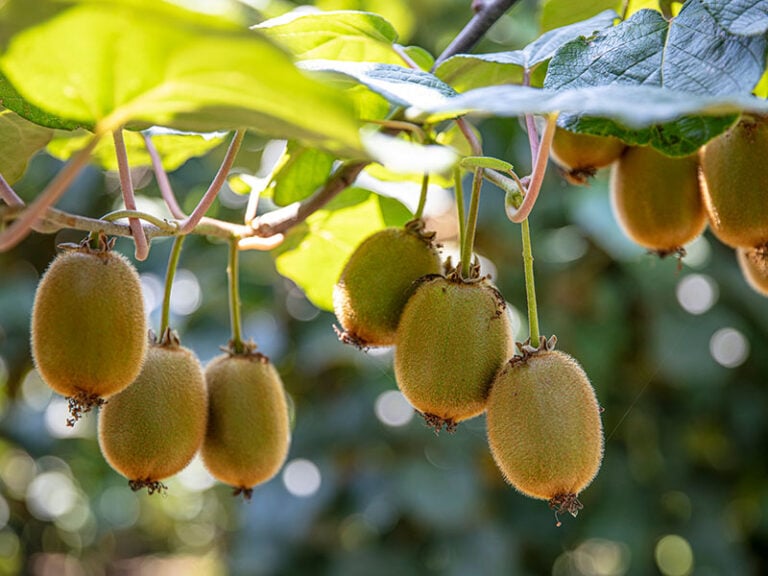
Kiwi
Kiwi is a berry fruit that originated in China yet is often associated with New Zealand. Its juicy pulp is deliciously sweet and tart.
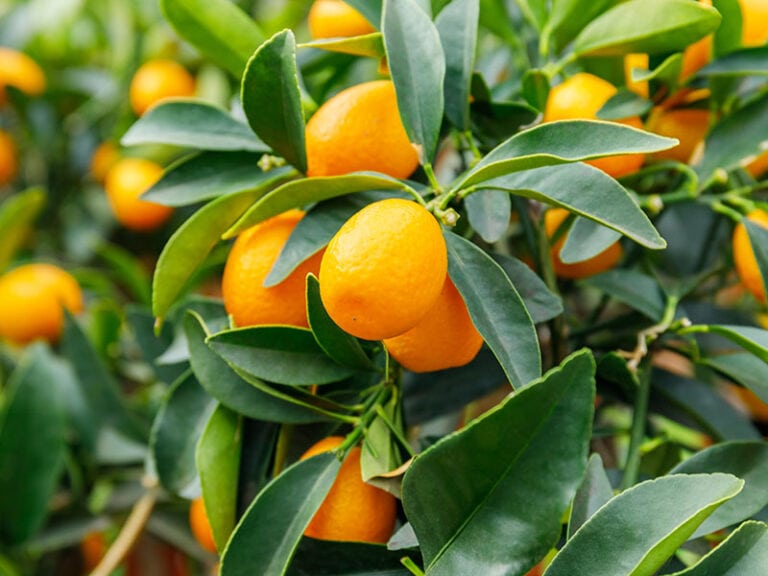
Kumquat
Kumquat is a citrus fruit of Chinese origin that is smaller than an orange but has a more aromatic scent.
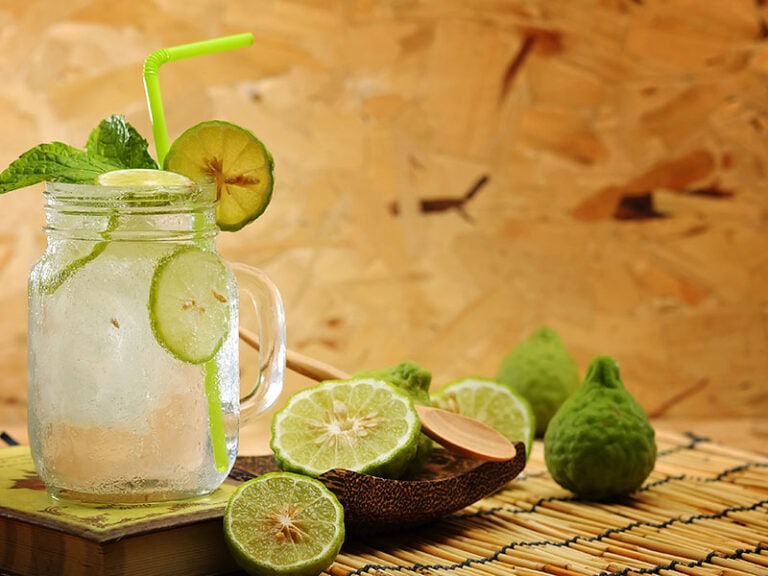
Kaffir Lime
Kaffir lime is a citrus fruit widely used in the cuisine of Southern China and many Southeast Asian countries.
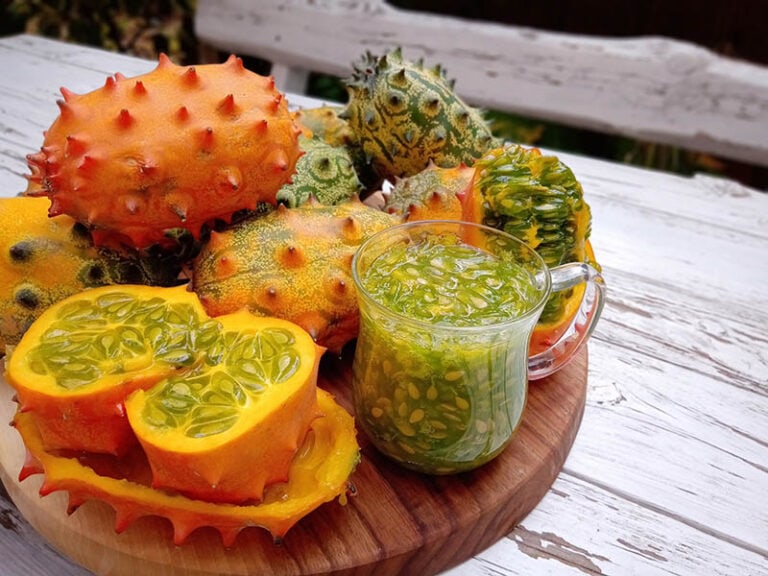
Kiwano
Kiwano is an alternative name for horned cucumber, a type of melon hailing from Africa. It has juicy, jelly-like flesh with a pleasantly sweet flavor.
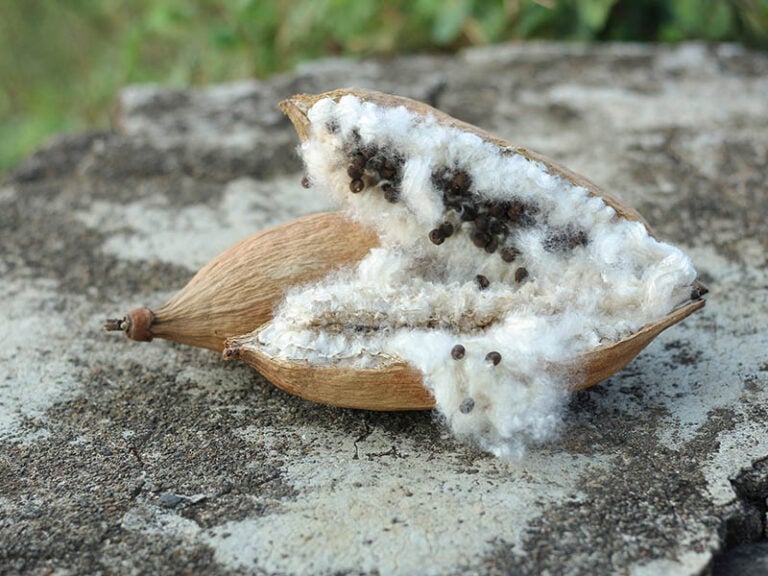
Kapok
Kapok is a tropical fruit mainly cultivated for its fluffy, cotton-like fiber that can be used to make pillows and mattresses. It is edible but not commonly used as a food source.
Do you find those fruits interesting? Many other wonders waiting for you to discover in the full list of fruits that start with K, from tropical to temperate delights.
Feel free to share your experiences or thoughts with my suggested vegetables in the comments section below. And don’t forget to share this post with more cooking enthusiasts and spread the love for K-beginning vegetables far and wide.
Below are other vegetables in other letters, you can also check them out!


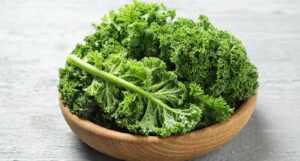
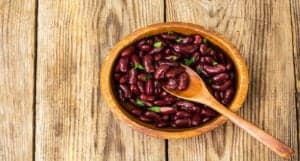
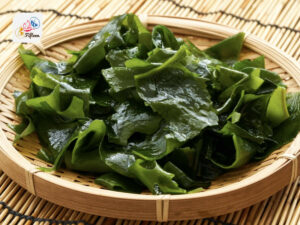
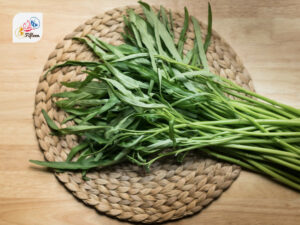
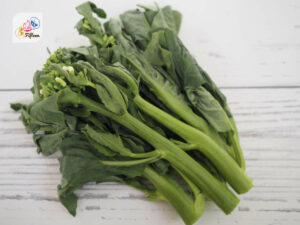
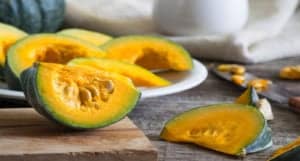
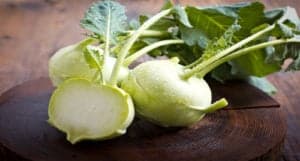
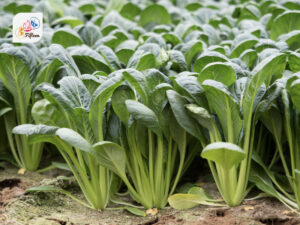
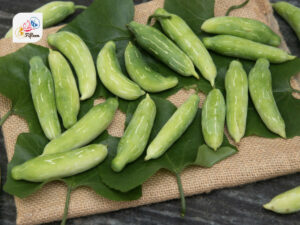
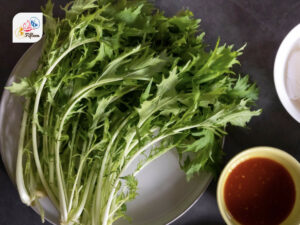
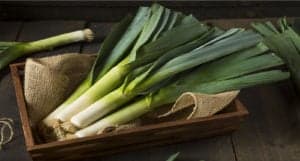
Jamie Scott
Editor in Chief, Senior Content Writer
Expertise
Home Cooking, Meal Planning, Recipe Development, Baking and Pastry, Food Editor, Cooking-video Maker, Western Food Evaluation Expert
Education
Le Cordon Bleu College of Culinary Arts
Local Community College, New York, NY
Jamie Scott is a skilled culinary expert and content creator specializing in Western cuisine. With over 15 years in the culinary field and formal training from Le Cordon Bleu, Paris, Jamie deeply understands how to blend nutrition with delicious flavors. His passion for cooking matches his commitment to making healthy eating accessible and enjoyable.
On Fifteen.net, Jamie brings a fresh perspective to classic dishes and beverages, offering readers insightful recipes, cooking tips, and a fresh view on meal planning that emphasizes taste, health, and simplicity.